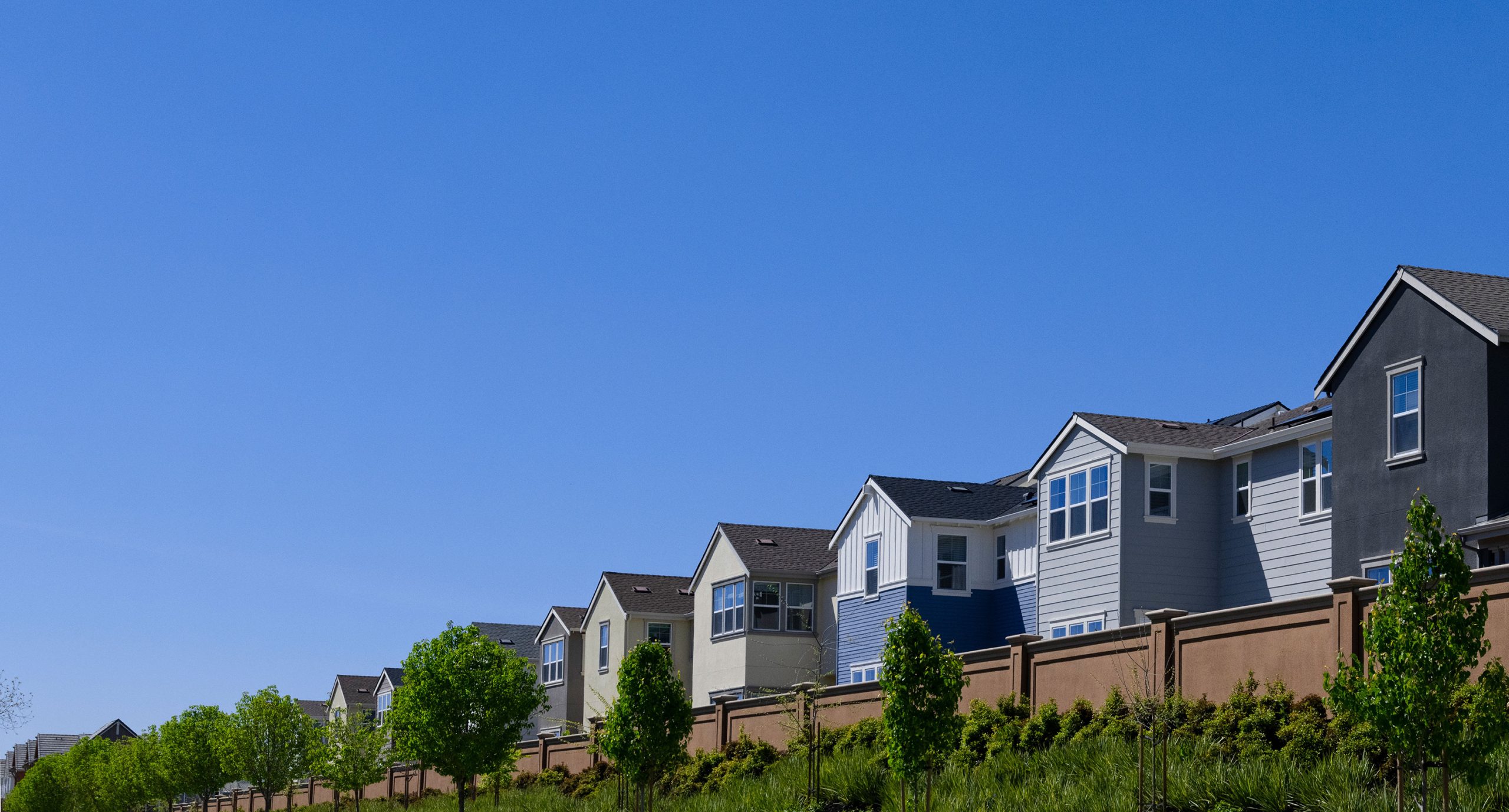In an ever-evolving urban landscape, the way we live and work is experiencing a remarkable transformation. Traditional concepts of homeownership and office space are giving way to a new phenomenon that’s fast becoming the talk of the town: Co-living and co-working spaces. These innovative, community-driven solutions are not only altering the real estate landscape but also redefining the way we experience urban life.
The Shift Towards Community-Centric Living and Working
The concept of co-living and co-working spaces isn’t entirely new. However, recent years have seen an unprecedented surge in their popularity. As urbanization continues to draw people towards bustling cities, the demands for more flexible, affordable, and community-driven living and working options have soared.
Co-living spaces, often referred to as “micro-apartments,” offer residents the opportunity to live in a furnished, private bedroom while sharing common areas such as kitchens, lounges, and communal spaces with fellow residents. The allure of these spaces is not just financial but also social. It’s about fostering a sense of community and reimagining what it means to be a part of an urban environment.
On the other side of the coin, co-working spaces, with their flexible lease arrangements and collaborative atmosphere, are revolutionizing the way people approach their work. From freelancers to remote workers and startups, co-working spaces are providing the infrastructure needed for a new era of productivity.
The Economic and Societal Implications

The proliferation of co-living and co-working spaces isn’t merely an architectural trend; it’s an economic force to be reckoned with. Developers, recognizing the burgeoning demand, are investing heavily in this sector. With more millennials and Gen Z-ers seeking urban experiences without the hefty costs of traditional living arrangements, co-living options are thriving.
Additionally, as the world grapples with the ongoing challenges of the COVID-19 pandemic, the appeal of co-working spaces is gaining momentum. Businesses are reassessing the need for conventional office space as they acknowledge the value of remote work and flexible office solutions. Co-working facilities, equipped with high-speed internet, state-of-the-art technology, and versatile meeting spaces, are the answer to this new normal.
Challenges and Considerations
While the co-living and co-working model is flourishing, it’s not without its challenges. Critics argue that these arrangements might exacerbate gentrification in urban areas, potentially displacing low-income residents. Ensuring accessibility and affordability remains a critical concern.
Moreover, the need for effective management and governance in co-living communities cannot be understated. These living arrangements depend on community engagement, so clear rules and systems for conflict resolution are essential.
A Bright Future
In a world where urbanization is unstoppable, co-living and co-working spaces offer a glimpse into a more sustainable, community-focused future. Their popularity will likely continue to surge as cities become denser and workforces become more dispersed.
As we navigate the uncharted waters of urban development, the concept of home and office is being redefined. With innovation, responsibility, and a strong sense of community, co-living and co-working spaces might just hold the key to unlocking the potential of our urban environments. The future is exciting, and the possibilities are endless.



